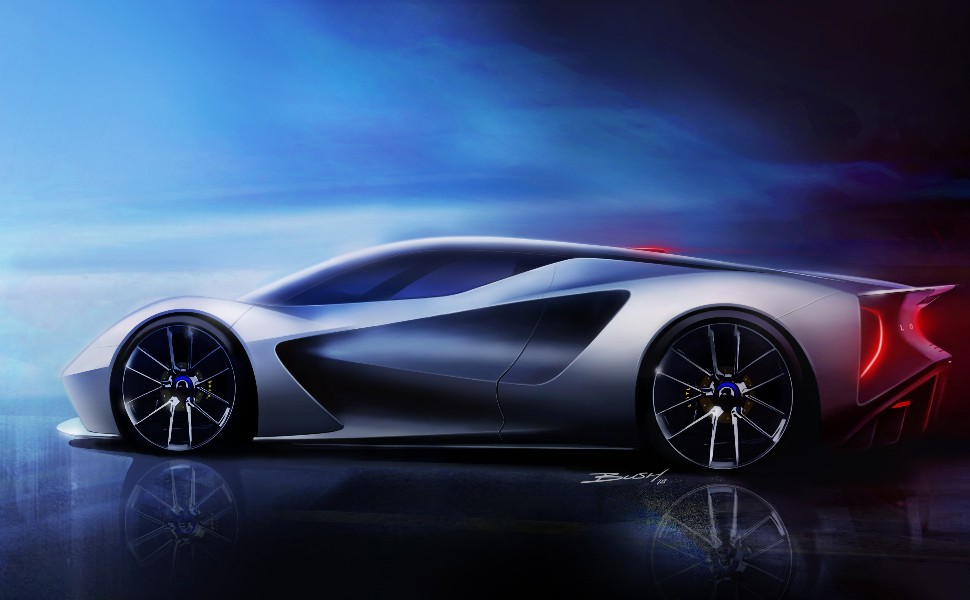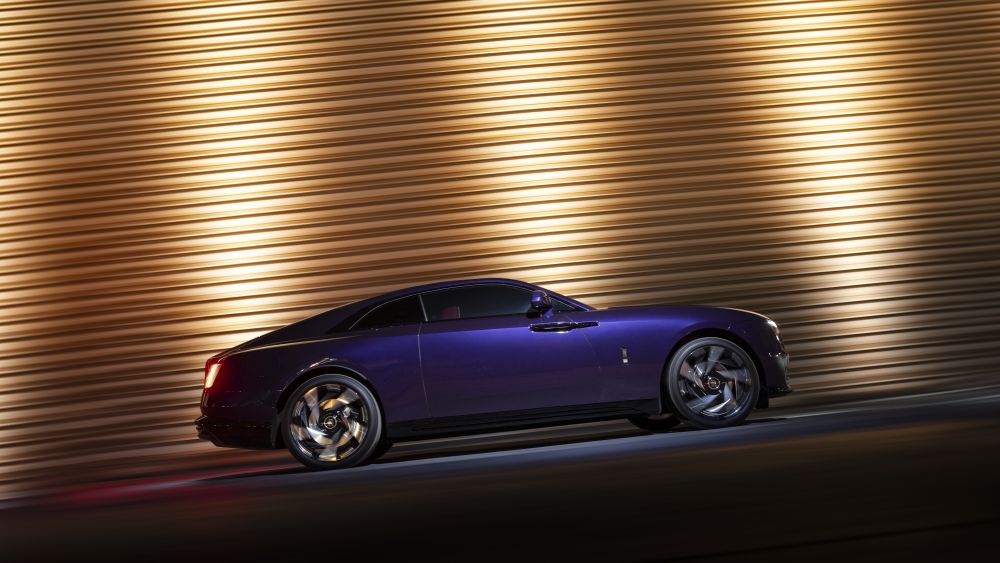 All Articles
Aeronautics
Art & Culture
Environment
Gastronomy
Motors
Real Estate
Travel
Watchmaking & Jewellery
Yachting
All Articles
Aeronautics
Art & Culture
Environment
Gastronomy
Motors
Real Estate
Travel
Watchmaking & Jewellery
Yachting
 Design
Finance
Jewellery
Watchmaking
Yachting
Design
Finance
Jewellery
Watchmaking
Yachting

In 2024, global sales of new EVs topped 17 million (11 million in China), and over 20% of new cars sold worldwide were electric. In the first quarter of 2025 vs that of 2024, EV sales rose 35% despite subsidy phase-outs, especially in Europe. Trump’s zigzagging tariffs and policies now make global volume hard to predict. Last year, 24 new models were launched, slashing Tesla’s US market share from 60% in 2020 to 38% in 2024. In the first quarter 2025, however, Tesla Models Y and 3 were best-selling BEVs worldwide. The IEA rates EVs as the N°1 technology to decarbonize road transport, accounting for over 15% of global energy-related emissions.
Transition demands huge changes for manufacturers, requiring fewer, but more complex, components and tools – plus a dual-platform strategy, as internal combustion energy and hybrid vehicles are needed for quite some time. An ICE vehicle can have 10 times more moving parts than an EV, though some of the tools required are much more complex and expensive. Leading EV makers increasingly build chassis and frames in one piece, using megacasting, for example, to inject up to 80 kilos of molten aluminium into a single underbody mould. Further challenges include a huge volume of batteries, with solid-state models promising greater power density and lighter weight, and more efficient and affordable LFP batteries for long distances.
Concerns about the availability and speed of charging facilities explain growing popularity for large models with a range of over 482 km, such as the Tesla Model S and BMW i3. In March 2024, the 818,819 charging points across Europe, unevenly spread out, needed to deliver more power. On the positive side, advances in battery solutions include higher production, improved energy density and storage, faster charging, eco-friendly materials. Solid-state batteries offer spearhead energy storage using solid electrolytes instead of liquid or gel, enhanced safety through non-flammable materials, longer lifespans, and wider temperature tolerance.
Ultra-fast power at 150kW or more now enables EVs to charge 10 to 80% in 15–30 minutes, often in motorway services and charging hubs. Vehicle-to-grid connectivity enables throwback from EVs, while cable-free charging uses electromagnetic induction. Real-time communications systems also enable efficient load management using renewable energy. Autonomous driving is also evolving, as in Tesla’s Auto Lane Change and Navigate on Autopilot. Mobileye enhances vehicle safety and efficiency with advanced sensors, AI and connectivity for traffic management, while solar-integrated EVs use photovoltaic cells on roofs or surfaces to convert sunlight into electricity. Finally, while fans of design eye the Lotus Evija, Polestar 3 SUV, Porsche Taycan Turbo GT, Rolls-Royce Spectre Black Badge.…, Ed Wellburn, ex-VP of global design for GM, predicts that tomorrow’s EV will have two distinct components: a running chassis housing batteries, motors and systems, then the body, including the interior, entrusted to coachbuilders delivering 100% bespoke design.

To receive our news, it’s here!








